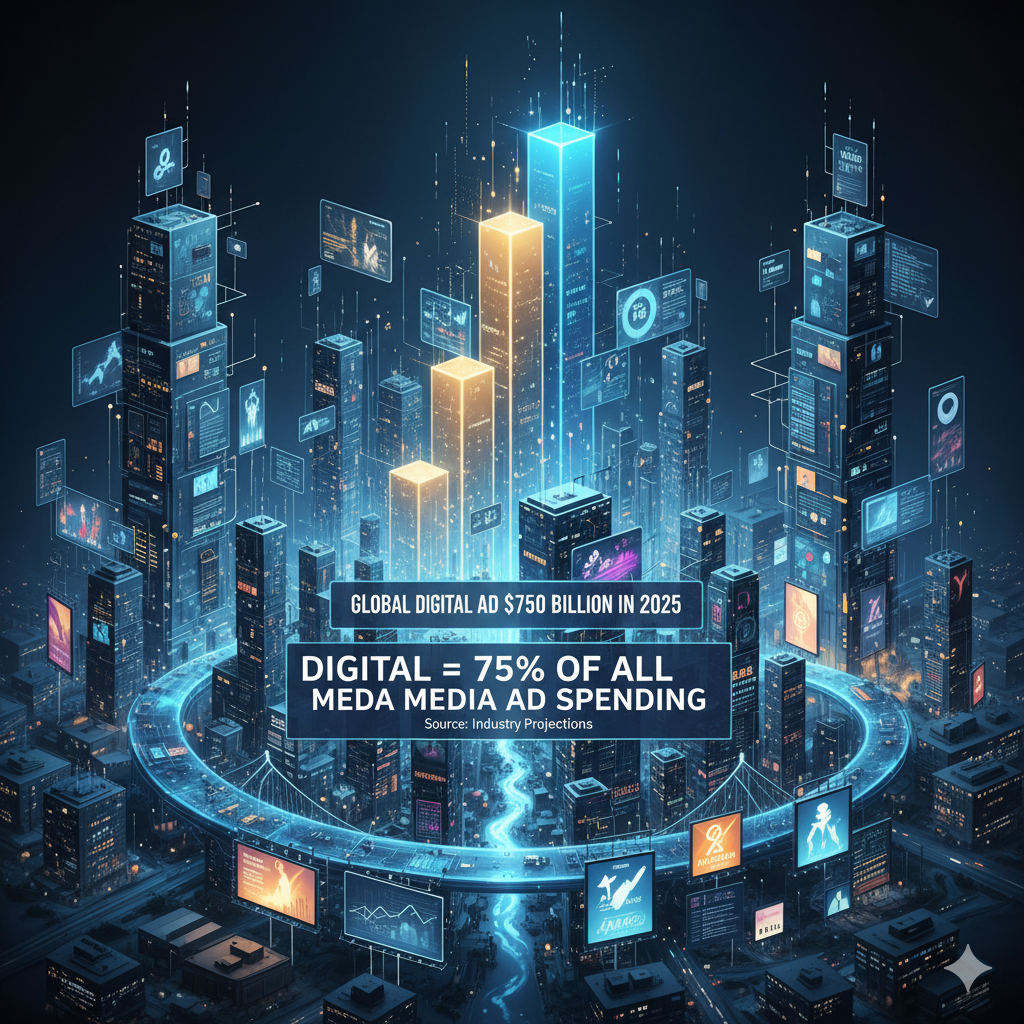
Google Ad Tech Monopoly? Not Anymore. Here’s What Marketers Need to Know in 2026
When a single court ruling can shake the foundation of digital advertising, every marketer should pay attention. In April 2025, a federal court in the U.S. found that Google’s ad tech monopoly had illegally monopolized the online ad ecosystem. A ruling that could change fundamentally how ads are bought, sold, and viewed on the internet.
The court found that Google had illegally monopolized both publisher ad servers and ad exchanges—two critical areas that underlie its dominance in the digital ad ecosystem. For marketers, this is not simply a story worth reading—it will likely change how advertising works on the internet. In this article, we will review the ruling.
Discuss its implications, and understand ways that marketers can take advantage of disruption in a rapidly changing ad tech ecosystem.
Inside the ruling: How Google’s grip got too tight
The court’s ruling focused on Google’s anticompetitive conduct in the digital advertising space. Its key findings of fact are:
Tying Practice: Google illegally tied the use of its publisher ad server, called DFP, to its ad exchange, AdX. Publishers who wanted access to high-demand inventory on AdX had no choice but to do so. But to use DFP, which eliminated any competition and harmed both publishers and consumer advertisers.
Market Dominance: The ruling determined that Google controlled both the demand and supply sides. (Advertisers) and the supply side (publishers) of the ad tech stack. Allowing Google to set the terms of the auctions and pricing to its own benefit.
These practices stifled competition and created a lack of transparency in ad auctions. For consumer advertisers, this resulted in higher costs and lower efficiency.
So, what does this mean for advertisers?
This ruling is not merely a significant piece of law. It signals the shift in the digital advertising ecosystem. Advertisers now have opportunities to rethink tactics, understand where it’s working best, and begin to utilize more competitive advertising technologies.
More Competition and Options: With Google’s monopolistic hold being contested. Advertisers can now explore a variety of other digital advertising technology platforms. Advertisers can start using various tools and strategies to recruit customer audiences within digital channels and source opportunities for improved efficiency.
More Transparency: Advertisers will now be able to understand the workings of placements and prices in ad auctions more fully. More transparency, which they did not have in the past, will help them make better decisions and advertise a better return on investment.
Advertising Options with More Variations: Using only Google is no longer a preferred option for advertisers. Exploring different ad channels not only reduces risk but also helps brands uncover fresh ways to connect with audiences
Lower Costs: Increased competition will lower costs. Organizations will have more affordable options for ad placements, especially those of small to medium size.
Global digital advertising spending is projected to surpass $750 billion in 2025, a milestone that signifies, for the first time, that digital will account for greater than 75% of overall media ad spending. This increase reflects the growing dominance of digital channels in the ad ecosystem.

Meet the new Ad Tech players, ready to rise
Emerging ad tech platforms, now that the Google monopoly is being challenged, have a true opportunity to scale and grow.
It allows marketers to test alternatives, thereby diversifying their campaigns, reaching new audiences, and reducing their dependence on a single platform. This will enable more creative ads and/or tactical methods tailored to a specific campaign objective.
In addition to diversification, alternative platforms typically provide a suite of new tools and features to capture the market from Google. Being an early adopter of these platforms can quickly provide a competitive advantage to marketers, enabling them to test different formats/ads, optimize their performance, and discover additional channels better aligned with their brand goals.
How to get ready for a world without Google’s monopoly
Marketers will need to move quickly in a world without a Google monopoly. Experimenting with multiple platforms, diversifying ad spend, and searching for new opportunities, all in a way that reduces risk and increases potential reach in various audience segments.
First-party data will become even more critical, as it enables brands to gain insights and define their audiences beyond Google. Combining effective data strategies with experimentation enables marketers to remain agile and capitalize on emerging opportunities as the landscape evolves.
Real-world ripples: What’s happening after the ruling
Digital advertising is entering a new era of transparency and regulation. Recent changes by Meta and rising consumer demand for clarity are reshaping how marketers approach online campaigns.
Policy Modification by Meta: Meta announced that any advertisement, including those centered on securities and investment, that targets users in India on Facebook and Instagram will now require verification from SEBI as a result of an increase in unregulated “finfluencers” providing erroneous investment advice.”
Consumer Demand for Transparency: A recent study by GumGum found that nearly 80% of consumers prefer brand transparency in digital advertising, underscoring the need for more transparent and ethical digital advertising practices.
The next chapter of Ad tech
The ruling will affect the digital advertising ecosystem for 3–5 years.
Since Google’s monopoly has been challenged, we expect competition to promote innovation and increase the range of better solutions and improved media planning tools for marketers. Reasonable pricing should lead to a more transparent, competitive, dynamic, and healthy advertising economy.
Marketers who can accurately predict the implications of this change will be well-positioned to capitalize on the opportunities created by increased competitiveness. Testing and utilizing alternate platforms and technologies will help brands develop a diversified approach that reduces dependence on a singular platform and continues to reach audiences consistently. Brands that select and adopt adaptive alternatives ahead of time will gain a competitive advantage as the digital ad space organically adjusts to these developments.
We anticipate greater transparency throughout the industry, as price and competition are normalized in ad auction scenarios, and beyond. A more competitive and fairer environment will deliver greater efficiency, performance, and measurability of outcomes for brands.
This will help create and contribute to an increasingly balanced and effective ad tech ecosystem.
Cut to the chase
The ruling against Google is not just front-page news – it’s a reset for digital advertising. For marketers, this is the time to experiment with new platforms, build first-party data, and establish resilience across multiple ecosystems. The next era of ad tech is being written now – are you in?


